Publicity and transparency in credit management
Based on the direction in Directive No. 01/CT-NHNN, the State Bank of Vietnam (SBV) has determined that the credit growth of the entire system will be around 15% in 2024 and around 16% in 2025, with flexible adjustments according to the economic situation. More importantly, the SBV has made public the principles of credit allocation, allowing credit institutions (CIs) to proactively develop growth plans and roadmaps, instead of being subject to rigid targets as before.
In 2024, the SBV will continue to innovate its measures to manage credit institutions, announce credit institutions' targets from the beginning of the year, and publicize and transparently implement the principles so that credit institutions can proactively manage credit institutions. In the context of well-controlled inflation below the target, the SBV has proactively adjusted credit institutions' targets twice on August 28, 2024 and November 28, 2024 to promptly provide capital for the economy and support production and business development. In addition, the SBV will continue its roadmap to gradually reduce the assignment of credit institutions to credit institutions, and notify a number of credit institutions to proactively control credit institutions in 2024.
In order to facilitate credit institutions to provide credit capital to meet economic growth needs in 2025, on December 30, 2024, the State Bank of Vietnam sent a document to credit institutions to publicly and transparently announce the principles of credit allocation in 2025 so that credit institutions can proactively implement them. At the same time, the State Bank of Vietnam continues to implement the roadmap to limit and eventually eliminate the allocation of credit capital targets for each credit institution according to Resolution No. 62/2022/QH15 dated June 16, 2022 of the National Assembly, accordingly, foreign banks, joint venture banks, Cooperative Banks and non-bank credit institutions are allowed to proactively control credit capital in 2025.
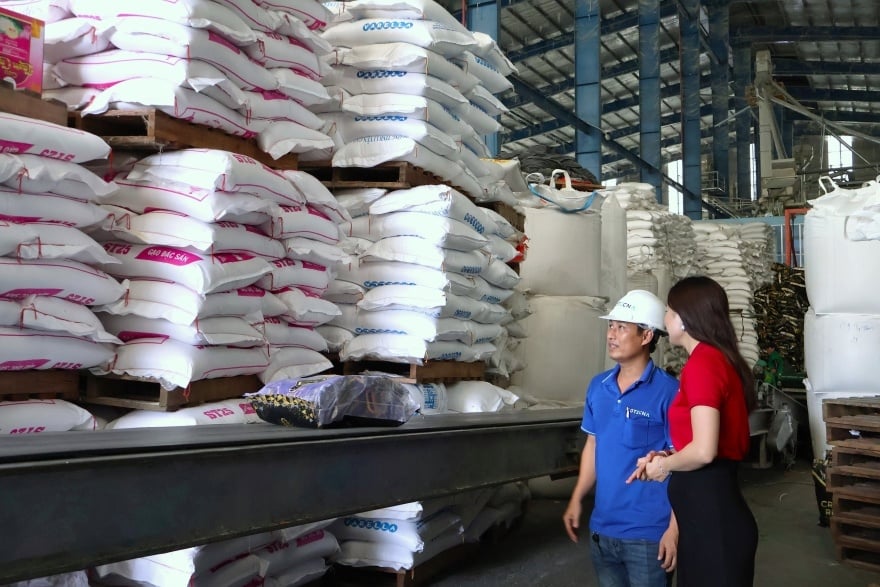 |
| Credit continues to be directed towards production and business sectors, priority sectors and growth drivers under the direction of the Government and Prime Minister. |
Safe credit growth, directed towards priority areas
Along with the above-mentioned innovation in credit growth management measures, the State Bank regularly requires credit institutions to strictly implement the State Bank's instructions on monetary and credit activities and regulations on credit granting to improve business efficiency, ensure system safety and stabilize the monetary market. Safe, effective and healthy credit growth, limit the increase and occurrence of bad debts, ensure the safety of credit institutions' operations; direct credit to production sectors, priority sectors, sectors that are the driving force of economic growth; strictly control sectors with potential risks. Simplify lending procedures, apply information technology and digital transformation.
At the same time, many timely directives have been issued to regulate credit for specific industries such as SMEs, real estate, export of key agricultural products such as rice, seafood, etc., helping to increase liquidity and access to capital for businesses.
One of the highlights of the past year's operations was the bank-business connection program. From March to early April 2025 alone, the SBV successfully organized 13 thematic conferences in 61 provinces and cities, directly listening to and resolving difficulties in accessing credit. Meanwhile, the Vietnam Bank for Social Policies continues to be an important support for the poor and policy beneficiaries. By the end of the first quarter of 2025, the total outstanding policy credit balance reached VND 378,021 billion, an increase of 2.83% compared to the end of 2024, serving more than 6.8 million customers.
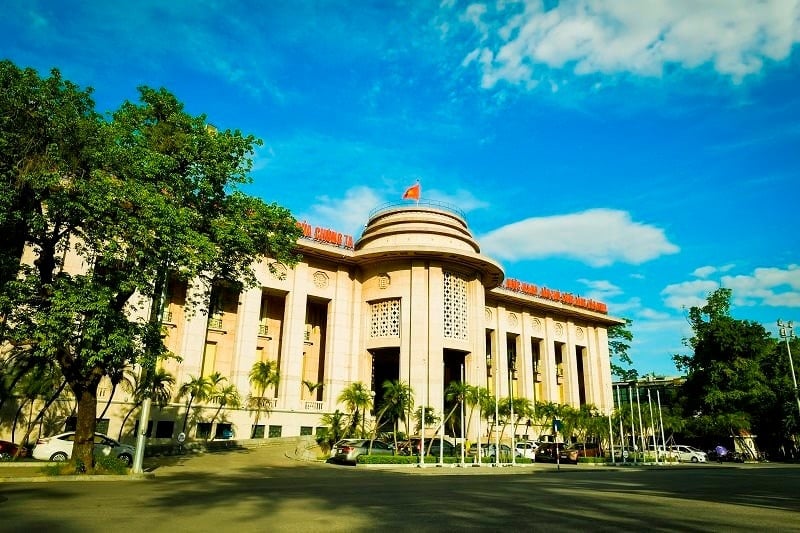 |
| The State Bank closely monitors international market developments and domestic production and business situations to promptly provide solutions to remove difficulties for businesses. |
With the efforts of the whole system, the credit growth of the whole system in 2024 improved compared to the previous year. By December 31, 2024, credit of the whole economy increased by 15.09% compared to the end of 2023, achieving the set target, contributing positively to economic growth results. By April 15, 2025, the outstanding credit balance of the whole system reached 16.23 million billion VND, an increase of 3.95% compared to the end of 2024, an increase of 18.19% over the same period (in the same period in 2024, outstanding credit balance increased by 1.21% compared to December 2023). Credit continues to be directed to production and business sectors, priority sectors and growth drivers under the direction of the Government and the Prime Minister. Credit structure has changed positively, focusing on production and business sectors, reflecting the consistent management orientation of the State Bank.
With the goal of bringing bank credit closer to people and businesses, the State Bank has implemented many policies synchronously, from simplifying loan procedures, promoting electronic lending to perfecting the legal framework to facilitate loan appraisal and approval. Notably, specific credit programs have been strongly implemented, with increasingly expanding scale: the credit package for the rice and seafood industries reached 100,000 billion VND; the social housing program increased its scale to 145,000 billion VND. Along with that are debt restructuring policies, maintaining the same debt group (Circular 02, Circular 06, Circular 53) to promptly support businesses and people to overcome difficulties caused by natural disasters and the market. At the same time, the State Bank has many documents directing credit institutions to grow credit safely and effectively, directing credit to production and business sectors, priority sectors, and economic growth drivers according to the policies of the Government and the Prime Minister...
To ensure system safety, the State Bank regularly and closely monitors credit in potentially risky areas such as real estate and securities, using both inspection and early warning tools and systems. The State Bank also requires credit institutions to strictly control credit quality, ensuring that outstanding debt growth does not lead to additional bad debts.
Despite positive results, lending for many programs is still difficult. For example, for the Credit Program for lending to social housing projects, worker housing, projects to renovate and rebuild old apartments according to Resolution 33/NQ-CP: the supply of social housing is still limited; some projects still face legal problems regarding investment procedures, land, etc. To be eligible for a loan, the borrower must be on the list of people eligible to buy social housing approved and announced by the Department of Construction according to strict conditions and procedures of the law, especially income conditions. However, people eligible to buy social housing have limited financial capacity, their income still has to cover living expenses, and their ability to repay debts is not high.
In the coming time, the State Bank said that it will continue to implement credit solutions in line with macroeconomic developments and inflation, meeting credit capital needs and the economy's ability to absorb capital to contribute to promoting economic growth; continue to direct credit institutions to: Increase credit growth safely and effectively, direct credit to production and business sectors, priority sectors and economic growth drivers under the direction of the Government and the Prime Minister; strictly control credit for sectors with potential risks; focus on credit investment in key projects and works; create favorable conditions for people and businesses to access bank credit capital.
At the same time, the State Bank closely monitors international market developments and domestic production and business situations to promptly find solutions to remove difficulties for businesses and industries affected by the US tariff policy.
Source: https://thoibaonganhang.vn/doi-moi-dieu-hanh-tin-dung-chu-dong-linh-hoat-thuc-day-tang-truong-kinh-te-163778.html




![[Photo] General Secretary attends the parade to celebrate the 80th anniversary of the victory over fascism in Kazakhstan](https://vphoto.vietnam.vn/thumb/1200x675/vietnam/resource/IMAGE/2025/5/7/dff91c3c47f74a2da459e316831988ad)
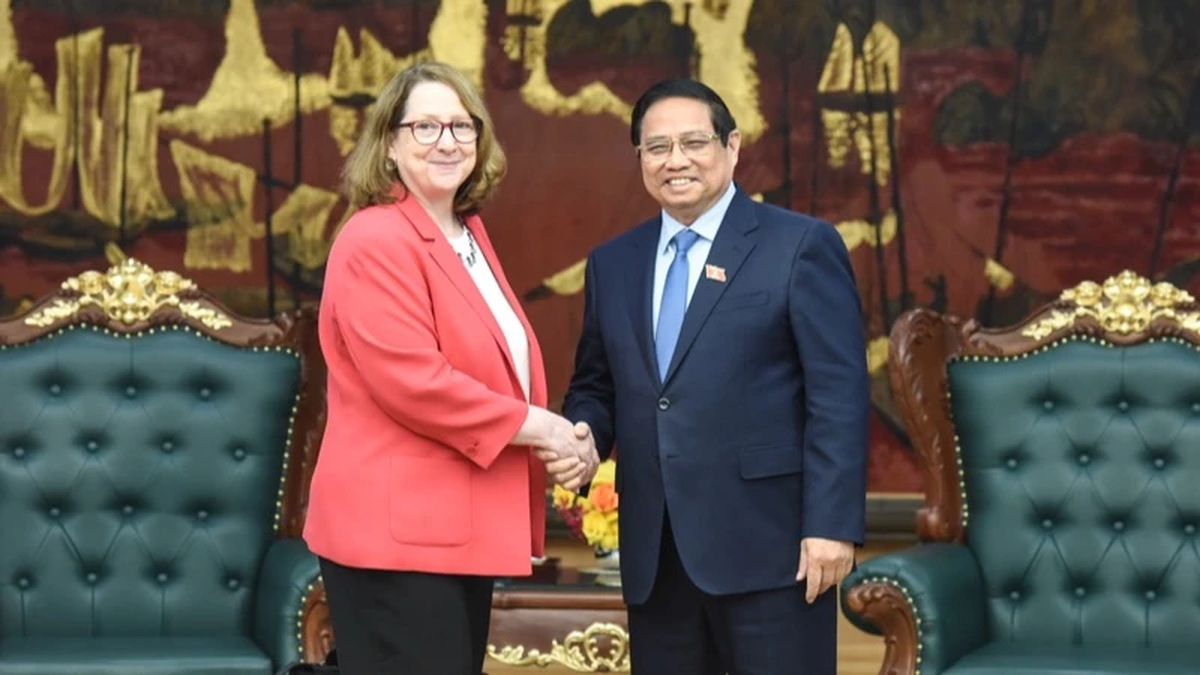
![[Photo] Prime Minister Pham Minh Chinh receives delegation from the US-China Economic and Security Review Commission of the US Congress](https://vphoto.vietnam.vn/thumb/1200x675/vietnam/resource/IMAGE/2025/5/7/ff6eff0ccbbd4b1796724cb05110feb0)

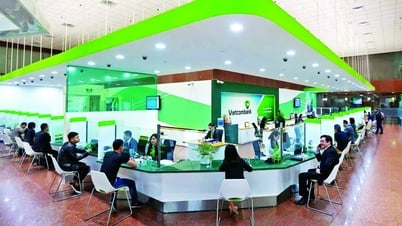



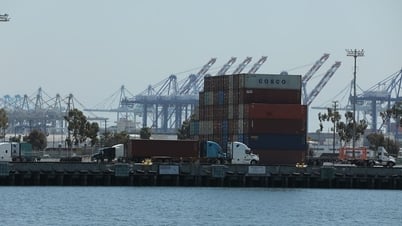
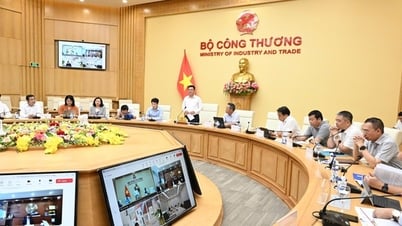




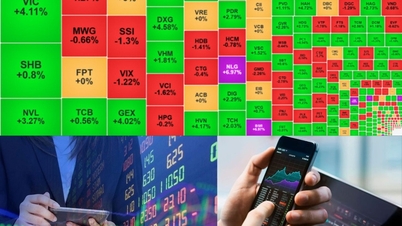

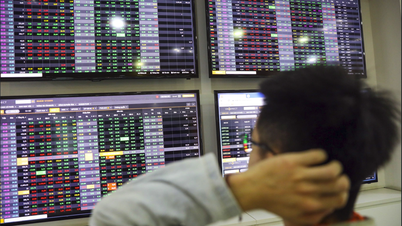
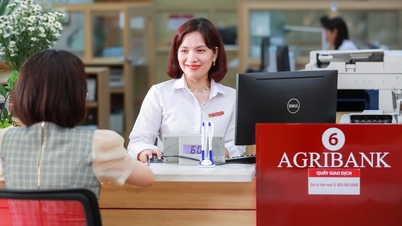
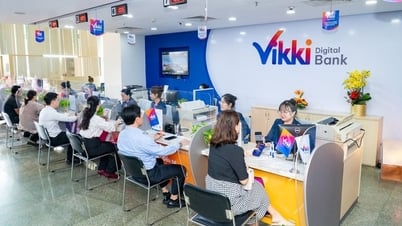
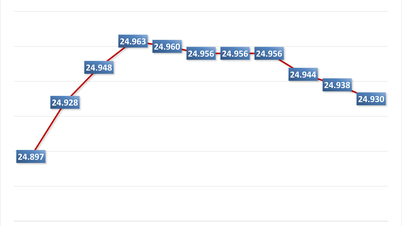







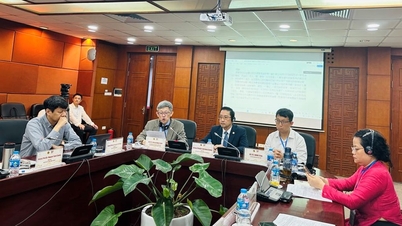














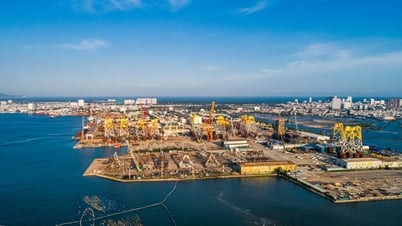


























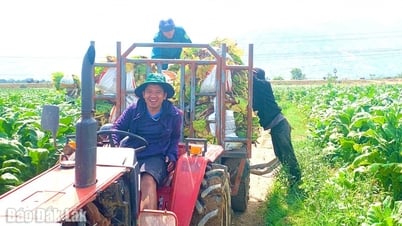

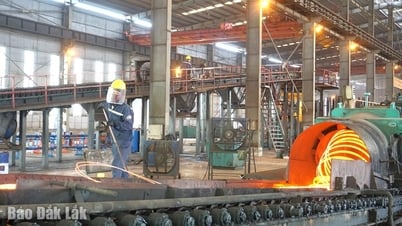
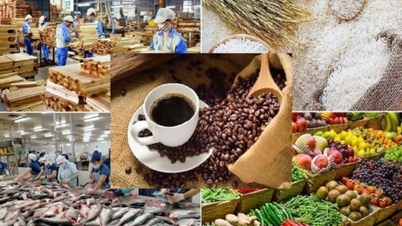






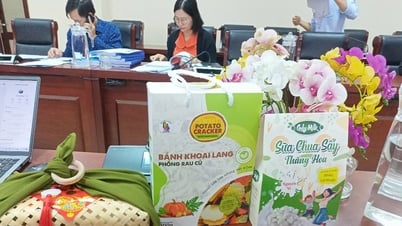





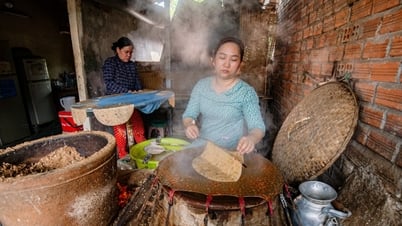



Comment (0)